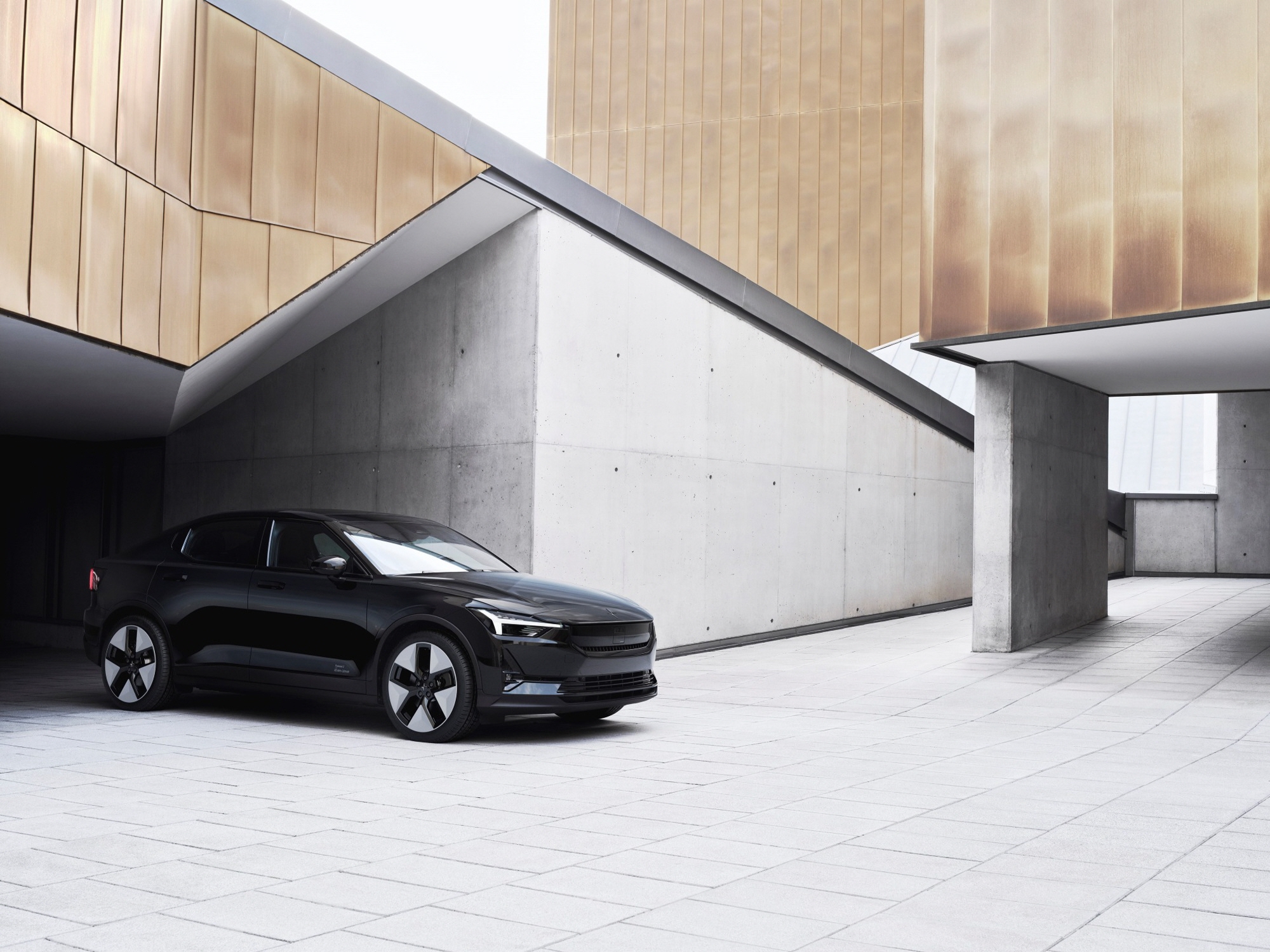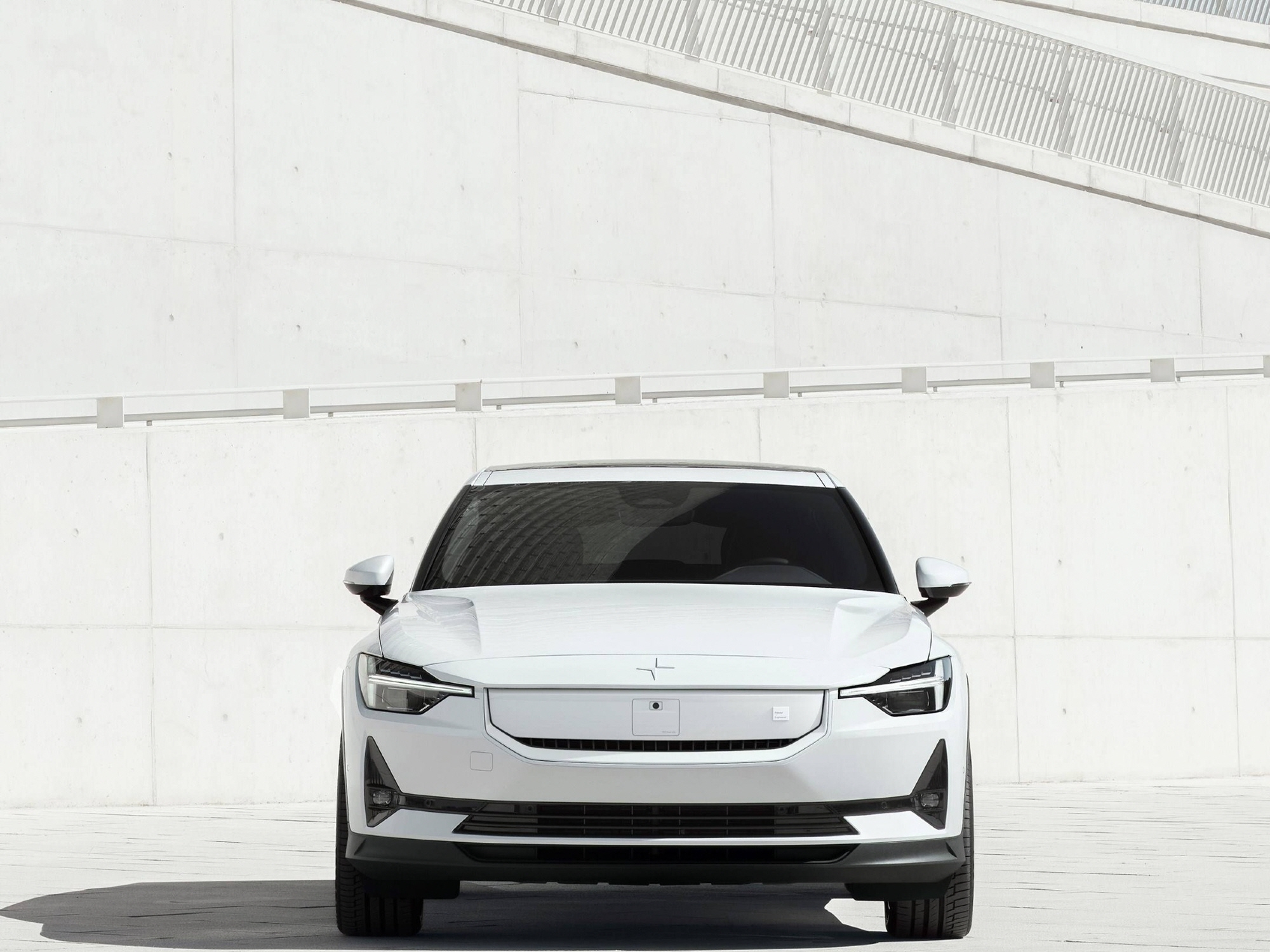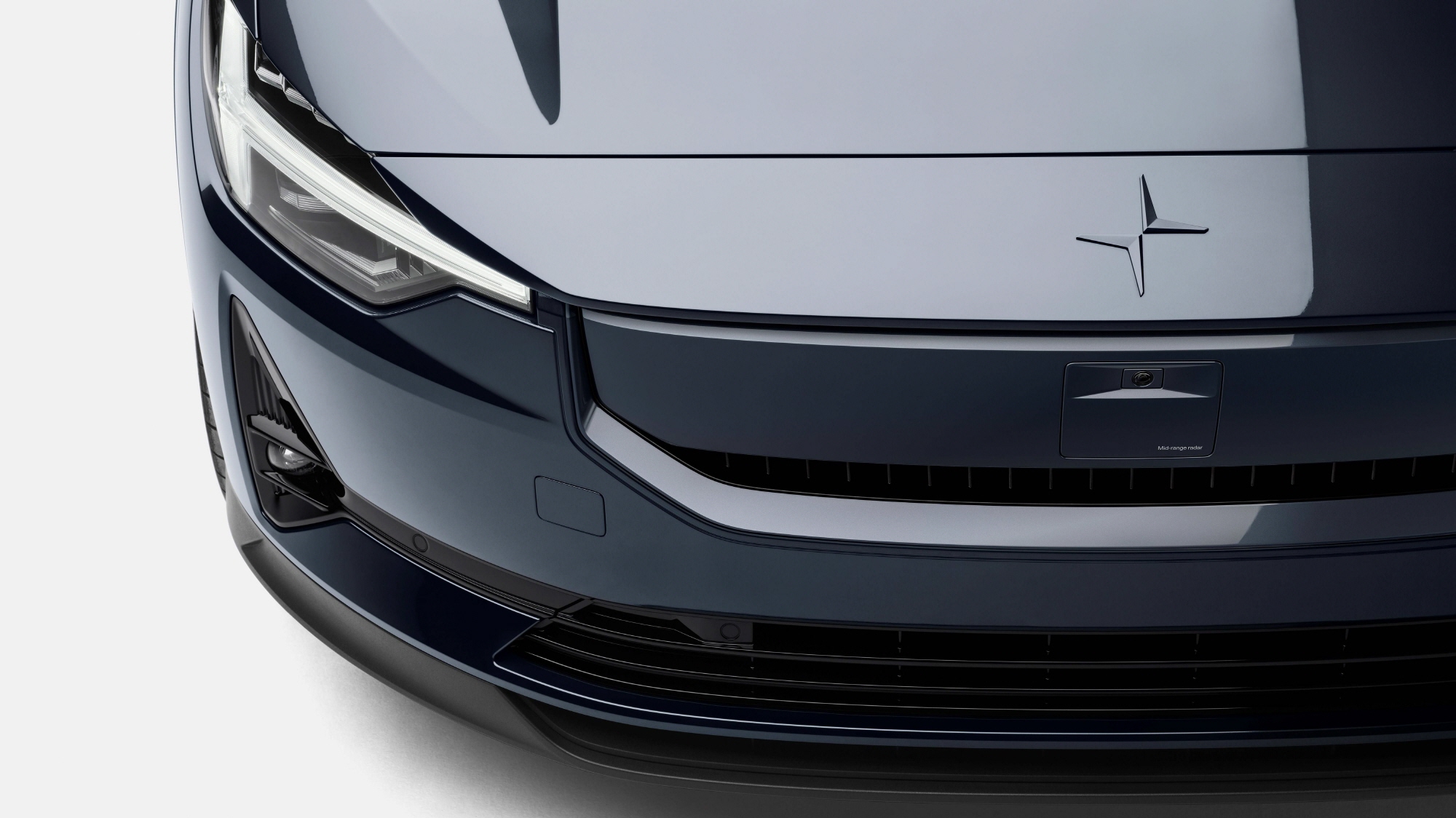
Polestar has launched the 2024 Upgraded Polestar 2 and is now open for sales.
The most significant change in the Upgraded Polestar 2 is the inclusion of next-generation electric motors and an inverter, along with a shift to rear-wheel drive to maximize driving performance. The design inherits the family look of the Polestar 3 and reduces the carbon footprint during production, resulting in enhanced sustainability. Additionally, it features the next-generation TMAP infotainment system that offers evolved connectivity and entertainment experiences.
Thomas Ingenlath, CEO of Polestar, stated, “In the traditional automotive industry, ‘partial changes’ often focus on superficial changes that compromise the original design intent. However, the new Polestar 2 concentrates on essence, upgrading the actual technology and components of the electric powertrain, and with the new front design of the Smartzone, a more refined Polestar 2 has been born.”
The Upgraded Polestar 2 is equipped with a next-generation permanent magnet electric motor and silicon carbide inverter, which enhance performance compared to previous models while also improving energy efficiency. Furthermore, the switch to rear-wheel drive and optimized settings provide immediate handling response and stable cornering, maximizing driving pleasure.
The long-range single motor now boasts a maximum output of 299 horsepower, an increase of 68 horsepower compared to the previous model, and a maximum torque of 50 kg·m, up 16.3 kg·m. The top speed has improved to 205 km/h, and the acceleration time from 0 to 100 km/h has reduced to 6.2 seconds, a 1.2-second improvement. Despite maintaining the same 78 kWh lithium-ion battery capacity, the driving range has risen to 449 km, an increase of 32 km, enhancing energy efficiency.
The long-range dual motor offers an even better driving experience based on the new rear motor. In contrast to the previous all-wheel-drive (AWD) model, it can disconnect the front motor when maximum output is not required, further optimizing efficiency. The maximum output has been increased from 408 horsepower to 421 horsepower, with maximum torque improving from 67.3 kg·m to 75.5 kg·m, and the acceleration time from 0 to 100 km/h has decreased to 4.5 seconds, a 0.2-second reduction.
The maximum driving range on a single charge has also improved, achieving 379 km, an increase of 45 km.

Joachim Rydholm, Senior Chassis Engineer at Polestar, remarked, “The Upgraded Polestar 2 realizes a new dimension of driving dynamics through the transition to rear-wheel drive in the single motor and the torque ratio adjustments in the dual motor. It maintains compactness and excellent control for more agile driving while providing a more mature level of comfort.”
The Upgraded Polestar 2 features the Smartzone in the front grille position, inheriting the design language of the Polestar 3 while accomplishing a refined minimalist design.
The Smartzone embodies Polestar’s advanced safety technologies, including a front camera and mid-range radar, modernizing Polestar’s design identity while elegantly visualizing technology. The performance pack also includes new 20-inch forged alloy wheels, similar to the Polestar 3, further enhancing its sporty character.
Additionally, Polestar has consistently reduced the carbon footprint over the lifecycle of its products through continuous performance enhancements and improvements in unseen production processes. The Upgraded Polestar 2 has also improved the chemicals in the battery, resulting in a reduction of approximately 12% in greenhouse gases (CO2e) or a total of three tons over three years since the first production of the long-range dual motor, enhancing sustainability.
Polestar has continuously provided functional enhancements and various advanced features through wireless software updates (OTA: Over-The-Air).
For the first time in an electric vehicle, the TMAP infotainment system is incorporated into the Polestar 2, utilizing the intelligent traffic system (C-ITS) of Seoul to provide enhanced electric vehicle-specific solutions such as real-time traffic signal information and charging station guidance based on remaining battery level during drives.
The advanced personal optimization voice recognition AI platform, web browsing capability, video streaming services, news, and a variety of apps available through the TMAP store will be integrated, with plans to introduce an online video streaming service and in-car payment system by the end of the year. The strengthened OTA service benefits both new and existing customers equally.
The Upgraded Polestar 2 incorporates various advanced driver assistance systems and convenience features as standard equipment, including blind-spot information systems with steering assistance, intersection traffic warnings and emergency braking, rear collision warnings and prevention, a 360° surround camera, auto-dimming side mirrors, and wireless phone charging—previously only available as options in previous models.
The price of the Plus Pack has been reduced from 5.39 million won to 4.90 million won. The Pilot Pack with Pixel LED Headlights and the Performance Pack remain at 2.99 million won and 6.49 million won, respectively, unchanged from before.
The price for the Upgraded Polestar 2 Long Range Single Motor is 55.9 million won, and the Dual Motor is 60.9 million won (including VAT and excluding subsidies). With improvements in energy efficiency, the electric vehicle purchase subsidies have increased to 5 million won (from 4.88 million won) and 2.25 million won (from 2.01 million won) respectively.
Moreover, a general parts warranty of five years or 100,000 km and an eight-year or 160,000 km high-voltage battery warranty are standard, with a free pickup and delivery service for warranty repairs. The package also includes five years of LTE data usage and one year of FLO music app service, minimizing customer burdens.
The Upgraded Polestar 2 is available for order on the Polestar website and is expected to be available for delivery from next month, depending on the availability of regional subsidies.

Lee Sang-jin daedusj@autodiary.kr
